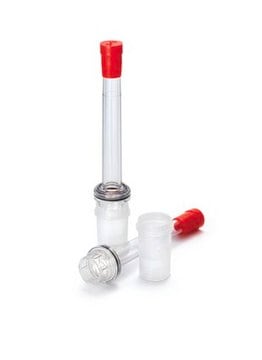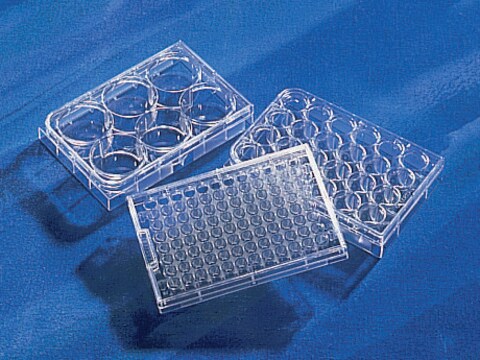MX0486
Methanol
≥99.9% (GC), suitable for LC/MS, OmniSolv®
Synonym(s):
Methyl alcohol
About This Item
Recommended Products
product name
Methanol, OmniSolv® LC-MS, ≥99.9% (GC)
Agency
suitable for ASTM® 7968
suitable for ASTM® 7979
suitable for DIN 38407-42
suitable for EPA 1613
suitable for EPA 1621
suitable for EPA 1633
suitable for EPA 533
suitable for EPA 537.1
suitable for EPA 8327
suitable for EPA ACB B21-02
suitable for EPA ACB B23-05b
suitable for EPA OTM-45
suitable for GB 31604.35-2016
suitable for GB 5009.253-2016
suitable for ISO 21675 2019
suitable for ISO 25101
suitable for ISO/CEN 15968-2010
Quality Level
reg. compliance
suitable for FDA C-010.02
vapor density
1.11 (vs air)
vapor pressure
128 hPa ( 20 °C)
410 mmHg ( 50 °C)
97.68 mmHg ( 20 °C)
product line
OmniSolv®
Assay
≥99.9% (GC)
form
liquid
autoignition temp.
725 °F
expl. lim.
36 %
technique(s)
LC/MS: suitable
impurities
≤0.05% Water (H2O)
≤0.2 μeq/g Titrable base
≤0.3 μeq/g Titrable acid
≤50 ppb p-nitrophenol (LC/MS)
≤50 ppb reserpine (LC/MS)
evapn. residue
≤1 ppm
color
APHA: ≤10
refractive index
n20/D 1.329 (lit.)
bp
64.7 °C (lit.)
mp
−98 °C (lit.)
transition temp
flash point 9.7 °C
SMILES string
CO
density
0.791 g/mL at 25 °C (lit.)
UV cutoff
≤205 nm
UV absorption
λ: 210 nm Amax: ≤0.3
λ: 220 nm Amax: ≤0.1
λ: 230 nm Amax: ≤0.04
λ: 240 nm Amax: ≤0.03
λ: 250 nm Amax: ≤0.01
λ: 270 nm Amax: ≤0.01
λ: 400-280 nm Amax: ≤0.005
format
neat
shipped in
ambient
storage temp.
room temp
InChI
1S/CH4O/c1-2/h2H,1H3
InChI key
OKKJLVBELUTLKV-UHFFFAOYSA-N
Looking for similar products? Visit Product Comparison Guide
Related Categories
General description
Application
- A solvent to prepare the Mobile phase for LC-MS/MS analysis.
- A solvent or reagent in chemical synthesis
- A solvent in work-up phase of chemical synthesis
- A disinfectant to clean laboratory space.
Preparation Note
Analysis Note
Legal Information
Signal Word
Danger
Hazard Statements
Precautionary Statements
Hazard Classifications
Acute Tox. 3 Dermal - Acute Tox. 3 Inhalation - Acute Tox. 3 Oral - Flam. Liq. 2 - STOT SE 1
Target Organs
Eyes,Central nervous system
Storage Class Code
3 - Flammable liquids
WGK
WGK 2
Flash Point(F)
49.5 °F - closed cup
Flash Point(C)
9.7 °C - closed cup
Certificates of Analysis (COA)
Search for Certificates of Analysis (COA) by entering the products Lot/Batch Number. Lot and Batch Numbers can be found on a product’s label following the words ‘Lot’ or ‘Batch’.
Already Own This Product?
Find documentation for the products that you have recently purchased in the Document Library.
Our team of scientists has experience in all areas of research including Life Science, Material Science, Chemical Synthesis, Chromatography, Analytical and many others.
Contact Technical Service








